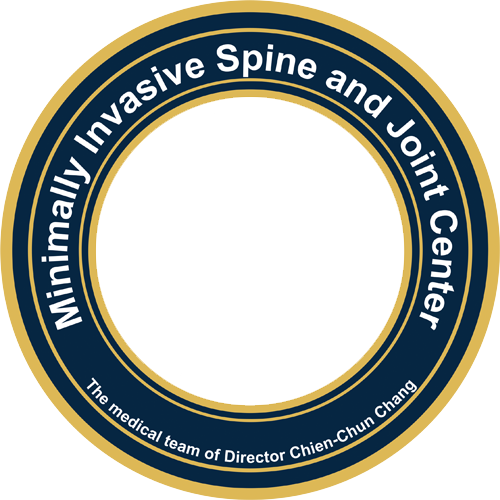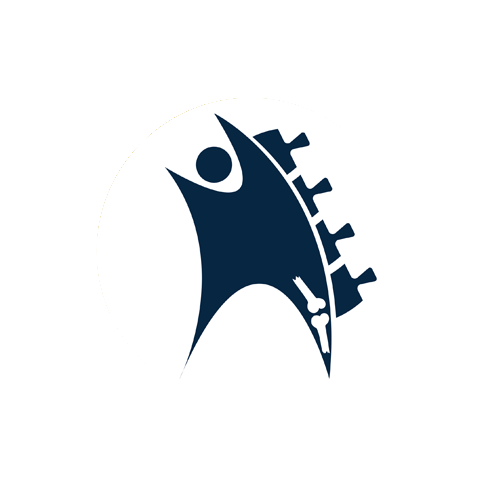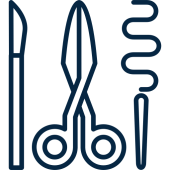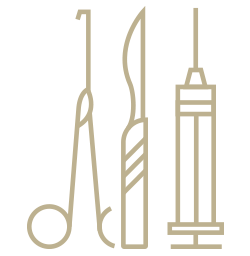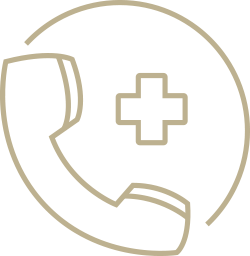
Limb deformity and lengthening
Have you ever noticed that you or a family member's legs form an "X" or "O" shape when standing? These lower limb deformities not only affect appearance but may also lead to joint pain, abnormal gait, and other complications. Many people are unaware of the causes and treatments for such conditions and may even overlook their long-term impact on health.
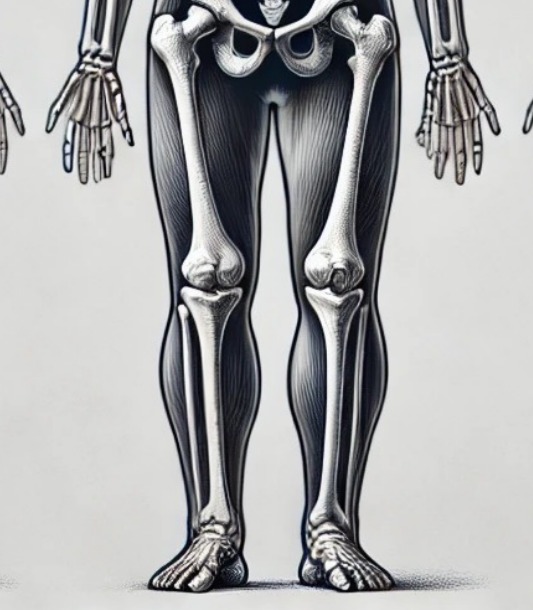
What Are Bowlegs (O-Legs) and Knock-Knees (X-Legs)?
Common types of lower limb deformities include knock-knees (genu valgum) and bowlegs (genu varum). Knock-knees occur when the knees touch but the ankles remain apart when standing with legs together. In contrast, bowlegs are when the knees cannot touch, leaving the legs shaped like the letter "O."These deformities can result from genetic factors, abnormal bone development, excessive weight-bearing, or prolonged poor posture. As time progresses, lower limb deformities can exacerbate knee joint wear, leading to pain, arthritis, and even difficulties with everyday walking.Whether it's knock-knees or bowlegs, early detection and treatment can help minimize long-term complications. Depending on the severity, treatment options may include physical therapy, braces, or surgery to realign the legs and restore a more natural, symmetrical stance.
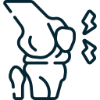
Lower Limb Deformity
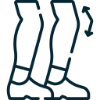
Bowlegs
(O-Legs)

Knock-Knees
(X-Legs)

Leg Length Discrepancy
Lower Limb Corrective Surgery
Our center is staffed with expert orthopedic specialists who conduct thorough evaluations and precise diagnoses. We offer tailored treatment plans, including surgical procedures, to address lower limb deformities and help restore natural alignment and functionality.

